Understanding the Importance of Hoarding Boards in Design
In the world of design, every detail matters. From the smallest stroke of a brush to the choice of colour palette, each element plays a crucial role in creating a captivating and impactful visual experience. When it comes to outdoor advertising and construction sites, hoarding boards emerge as a powerful medium to convey messages, build brand identity, and capture the attention of passersby.
Hoarding boards, also known as construction site boards, play a pivotal role in transforming a dull construction site into a canvas of creativity and information. These large panels act as a temporary barrier, shielding the construction area from public view. However, they serve a much greater purpose than just that. They have the potential to captivate and engage the onlookers, leaving a lasting impression and raising curiosity about the project within.
A well-designed hoarding board can communicate the essence of a brand, showcase the project’s vision, and even contribute to the aesthetics of the surrounding environment. It is not just a mere barricade, but a blank canvas waiting to be filled with imagination, creativity, and purpose.
The design of a hoarding board is not to be underestimated. It requires careful planning, attention to detail, and a deep understanding of the target audience. By crafting a compelling visual identity, incorporating branding and messaging, and considering practical considerations, designers can create hoarding boards that inform, inspire, and captivate.
In this article, we will delve into the world of hoarding board design, exploring the various aspects that contribute to its effectiveness. We will uncover the secrets of choosing the right colour palette, selecting fonts and typography, and incorporating relevant graphics and imagery. We will also discuss the importance of hierarchy and readability in layout and composition and the practical considerations of size, format, and durability. Finally, we will explore the benefits of collaboration and feedback in refining and perfecting the design.
So, whether you are a designer looking to create captivating hoarding boards or a project manager seeking to enhance the visual experience of your construction site, this article will equip you with the knowledge and expertise to make your hoarding boards truly stand out.
Stay tuned as we embark on a journey through the world of hoarding board design, where creativity meets practicality, and imagination knows no bounds.
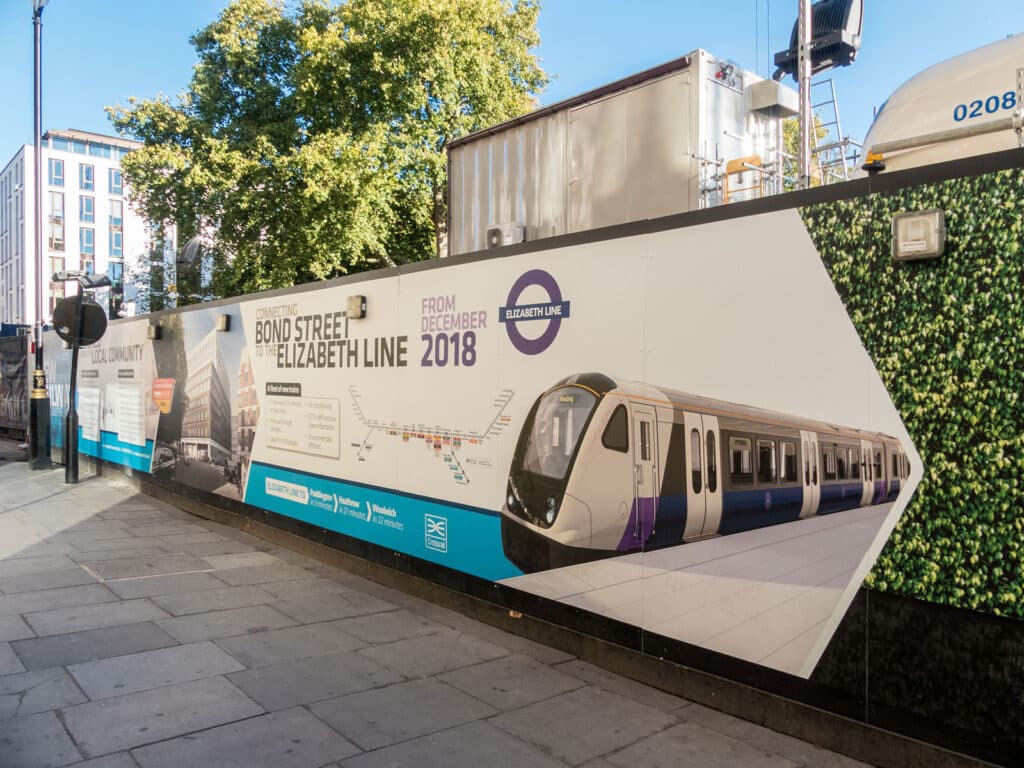
Planning the Design
When it comes to designing hoarding boards, careful planning is essential to ensure a successful outcome. This section will delve into the key steps involved in the planning process, including defining the purpose of the hoarding board, researching the target audience and location, and setting clear objectives for the design.
Defining the Purpose of the Hoarding Board
Before diving into the design process, it is crucial to understand the purpose behind the hoarding board clearly. Is it meant to generate buzz for an upcoming event or promote a new product? Or perhaps it is aimed at providing passersby with information about a construction project. Whatever the purpose may be, defining it from the outset will help guide the design decisions and ensure that the hoarding board effectively communicates its intended message.
Researching the Target Audience and Location
Designing a hoarding board that resonates with its intended audience requires a thorough understanding of who they are and what appeals to them. Researching the target audience will provide valuable insights into their preferences, interests, and demographics. By doing so, designers can tailor the visual elements, messaging, and overall tone to effectively captivate and engage the target audience.
Additionally, considering the location where the hoarding board will be displayed is essential. Is it in a bustling city centre or a quiet residential area? Understanding the surroundings will allow designers to create a design that harmonizes with the environment and grabs the attention of passersby.
Setting Clear Objectives for the Design
To ensure the hoarding board meets its intended goals, it is crucial to set clear objectives for the design. These objectives serve as a roadmap for the creative process and provide a benchmark for evaluating the success of the final design. Objectives may range from increasing brand awareness and driving foot traffic to conveying a specific message or showcasing a unique selling point. By setting clear objectives, designers can make informed decisions throughout the design process, aligning their creative choices with the desired outcomes.
In the next section, we will explore the creative aspects of designing hoarding boards, including selecting colours, fonts, and imagery that will make the design visually compelling and engaging.
Stay tuned!
Creating a Compelling Visual Identity
When it comes to designing hoarding boards, creating a visually captivating identity is crucial. The visual elements of a hoarding board play a significant role in attracting attention and conveying the intended message. This section will explore the key aspects of creating a compelling visual identity for your hoarding boards.
Choosing the Right Colour Palette
The choice of colours can profoundly impact the overall look and feel of your hoarding board. It is essential to select a colour palette that aligns with your brand identity and resonates with your target audience. Vibrant and bold colours can grab attention, while muted tones can create a sense of elegance and sophistication. By carefully choosing colours that evoke the right emotions and reflect your brand’s personality, you can effectively communicate your message to passersby.
Selecting Fonts and Typography
The typography used in your hoarding board design plays a crucial role in conveying your message effectively. Selecting the right fonts is essential to ensure readability and maintain a cohesive visual identity. Consider the tone and personality of your brand when choosing fonts. Playful and whimsical fonts may suit certain brands, while professional and sleek fonts may be more appropriate for others. It is important to strike a balance between creativity and legibility to capture your audience’s attention and deliver your message with impact.
Incorporating Relevant Graphics and Imagery
Graphics and imagery are powerful tools that can instantly capture attention and communicate your message in a visually engaging manner. When designing your hoarding board, consider incorporating relevant graphics and imagery that align with your brand and the message you wish to convey. Eye-catching visuals can create curiosity and intrigue, drawing people to your hoarding board and prompting them to learn more about your brand or project. Whether it’s photographs, illustrations, or infographics, make sure the visuals you choose are high-quality, relevant, and visually compelling.
Remember, the goal is to create a visual identity that grabs attention and effectively communicates your brand or project’s message. By carefully selecting a colour palette that resonates with your target audience, choosing fonts that reflect your brand’s personality, and incorporating relevant graphics and imagery, you can create a visually captivating hoarding board that leaves a lasting impression.
Now that we have explored the importance of creating a compelling visual identity let’s move on to the next section, where we will delve into hoarding boards’ effective layout and composition.
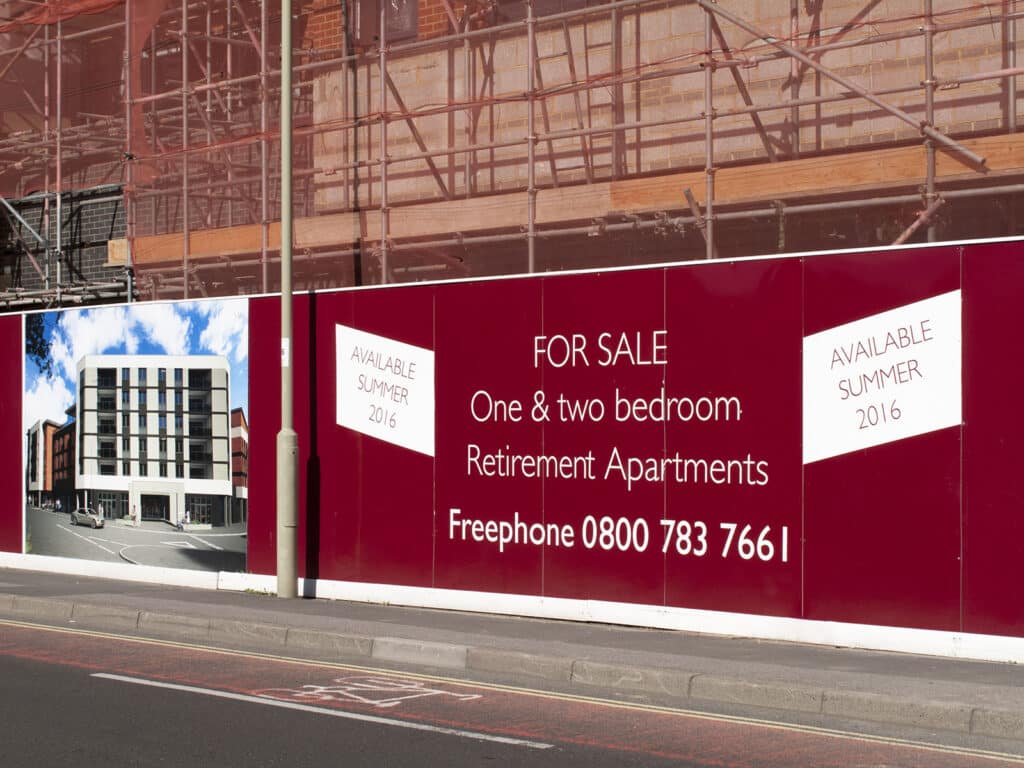
Effective Layout and Composition
When it comes to designing hoarding boards, effective layout and composition play a vital role in capturing the attention of passersby and conveying your message in a clear and visually appealing manner. By carefully considering hierarchy and readability, balancing text and visual elements, and utilizing white space, you can create an aesthetically pleasing and informative hoarding board.
Considering Hierarchy and Readability
Hierarchy refers to the arrangement of elements on a hoarding board to guide the viewer’s eye and emphasize important information. To create a visually engaging design, it is essential to establish a clear hierarchy that directs the viewer’s attention to key messages or visuals. By using bold typography, varying font sizes, and strategically placing elements, you can effectively guide the viewer’s gaze and ensure that important information stands out.
Moreover, readability is essential for conveying your message effectively. Choose fonts that are legible from a distance, ensuring that the text is easily readable even in outdoor environments. Consider the contrast between the text and the background, ensuring that there is sufficient differentiation to enhance readability.
Balancing Text and Visual Elements
Finding the right balance between text and visual elements is crucial for creating an eye-catching hoarding board. While the text provides important information, visual elements such as graphics, images, and icons can help to engage the viewer and make your design more visually appealing.
When incorporating text, keep it concise and impactful. Avoid cluttering the hoarding board with excessive text, as this can overwhelm the viewer and diminish the overall impact. Instead, focus on using short, punchy phrases or captivating headlines that effectively capture attention and convey your message.
To balance text with visual elements, consider the placement and size of graphics or images. These visual elements should complement the text and enhance the overall design rather than overpowering it. Experiment with different layouts and arrangements to find the perfect balance between text and visuals.
Utilising White Space
White space, also known as negative space, refers to the empty areas within a design. While it may seem counterintuitive, incorporating white space into your hoarding board design can actually enhance its impact. By strategically leaving empty spaces between text, images, and other elements, you create a visual breathing room that allows the viewer to focus on the key messages.
White space not only improves readability by separating different elements but also adds an element of elegance and sophistication to your design. It helps to create a sense of clarity and simplicity, allowing the viewer to absorb the information more easily. Additionally, white space can make your hoarding board design appear more modern and visually pleasing.
In summary, effective layout and composition are essential for designing compelling hoarding boards. By considering hierarchy and readability, balancing text and visual elements, and utilizing white space, you can create a visually appealing design that captures attention, conveys your message clearly, and leaves a lasting impression on your target audience.
Click here to find reputable hoarding board suppliers in the UK.
Incorporating Branding and Messaging
In the world of design, branding is the lifeblood that imparts a sense of identity and personality to a company or organization. It is the visual representation of its essence and values. When it comes to hoarding boards, incorporating branding elements becomes paramount in capturing the attention and interest of passersby.
Showcasing the Brand Identity
To create a compelling hoarding board, it is essential to showcase the brand identity effectively. This involves using the company’s logo, colour scheme, and other distinctive visual elements that are synonymous with the brand. The hoarding board becomes a powerful tool for brand recognition and recall by prominently featuring these elements.
For example, if a well-known retail brand is launching a new store, the hoarding board can display its iconic logo, instantly attracting the attention of potential customers. This visual connection creates a sense of familiarity and trust, encouraging individuals to explore what lies beyond the hoarding.
Crafting a Clear and Concise Message
Alongside brand identity, a clear and concise message is crucial in communicating the purpose and essence of the project. The hoarding board can effectively engage with its target audience by distilling the message into a few impactful words or phrases.
Consider this scenario: a property developer is working on an ambitious housing project. The hoarding board should convey the project’s unique selling points, such as modern architecture, sustainable living, or luxurious amenities, concisely and memorably. By captivating the imagination of potential buyers or investors, the hoarding board becomes an enticing invitation to learn more about the development.
Aligning the Design with Brand Guidelines
Maintaining consistency with brand guidelines is of utmost importance when designing hoarding boards. These guidelines serve as a blueprint for the visual representation of the brand, ensuring a cohesive and recognisable identity across all marketing materials.
By adhering to the brand’s guidelines, the hoarding board will seamlessly integrate with other marketing collateral, such as brochures, websites, and advertisements. This alignment reinforces brand recognition and instils a sense of trust and professionalism in the audience’s minds.
Whether using the correct logo placement, colour palette, or typography, every aspect of the hoarding board design should align with the brand guidelines. This attention to detail creates a strong and consistent visual identity that resonates with the target audience.
In summary, incorporating branding and messaging into hoarding board design is essential for capturing attention, conveying purpose, and fostering brand recognition. Hoarding boards become powerful marketing tools that leave a lasting impression on passersby by showcasing the brand identity, crafting a clear and concise message, and aligning the design with brand guidelines.

Practical Considerations
When it comes to designing hoarding boards, several practical considerations need to be taken into account. These considerations ensure that the final design not only looks visually appealing but also meets the necessary requirements for a successful installation. This section will explore three key practical considerations: adhering to size and format requirements, creating scalable and reproducible designs, and ensuring durability and weather resistance.
Adhering to Size and Format Requirements
One of the first practical considerations in designing hoarding boards is adhering to size and format requirements. Each project may have different specifications and restrictions regarding the available space for the hoarding boards. It is crucial to understand the dimensions and proportions, whether it’s wooden hoarding boards, temporary hoarding boards, or metal hoarding boards.
By carefully measuring the allocated space, the designer can ensure that the hoarding boards fit perfectly and make the desired impact. Additionally, being mindful of the format requirements ensures that the design can be easily transferred onto the hoarding boards without any distortion or loss of quality.
Creating Scalable and Reproducible Designs
Another practical consideration is creating scalable and reproducible designs. Hoarding boards are often displayed in various locations, and it is essential that the design can be reproduced accurately across different sizes and formats.
To achieve this, designers should work with vector graphics that allow for easy scaling without losing clarity or resolution. By using scalable design elements, such as vector logos and icons, the design can be adjusted to fit different hoarding board sizes while maintaining its visual integrity.
Banner World provides a free Online Design Tool that anyone can use to design Hoarding Panels.
Ensuring Durability and Weather Resistance
Durability and weather resistance are crucial factors to consider when designing hoarding boards, especially if they will be displayed outdoors for an extended period. The hoarding boards need to withstand various weather conditions, including rain, wind, and UV exposure, without compromising the design or readability.
Using high-quality materials and finishes is key to ensuring the longevity of the hoarding boards. For example, choosing weather-resistant materials like PVC or composite panels can enhance durability and protect the design from fading or damage caused by environmental factors.
In addition, considering proper installation techniques, such as reinforced fixings and secure attachments, can further enhance the hoarding boards’ ability to withstand harsh weather conditions.
By taking into account these practical considerations, designers can create hoarding boards that not only captivate the audience with their visual appeal but also meet the necessary requirements for a successful installation. From adhering to size and format requirements to creating scalable and reproducible designs, and ensuring durability and weather resistance, every aspect plays a vital role in the overall effectiveness and longevity of the hoarding boards. So, make sure to incorporate these considerations into your design process for optimal results.
Collaboration and Feedback
Collaboration and feedback play a crucial role in the design process of hoarding boards. Seeking input from stakeholders and incorporating their feedback can greatly enhance the final outcome. Design is not a solitary activity; it thrives on the diverse perspectives and expertise of others.
Seeking Input from Stakeholders
When it comes to designing hoarding boards, it is essential to involve stakeholders from the very beginning. These stakeholders could include architects, project managers, marketing teams, and even local communities. Each stakeholder brings a unique perspective and valuable insights that can shape the design.
By seeking input from stakeholders, designers can ensure that the hoarding board design aligns with the project’s objectives and resonates with the target audience. For instance, if the project involves a community development initiative, involving local residents in the design process can provide valuable cultural and historical context, resulting in a more meaningful and relatable design.
Modern graphic design tools allow the designer to produce photographic visuals of the finished hoarding.
Engaging stakeholders also fosters a sense of ownership and buy-in, as they feel heard and valued throughout the design process. By involving them from the beginning, designers can tap into their expertise and ensure that the hoarding boards effectively communicate the intended message.
Incorporating Feedback and Iterating Designs
Once feedback is collected from stakeholders, it is important to carefully analyse and incorporate it into the design. Feedback can come in various forms, such as suggestions, critiques, or requests for revisions. Designers should approach feedback with an open mind, recognising that it is an opportunity for growth and improvement.
By incorporating feedback, the design can evolve and become more refined. It allows designers to address any concerns, make necessary adjustments, and ensure that the hoarding boards effectively convey the desired message. This iterative process helps refine the design, making it stronger and more impactful.
It is worth noting that not all feedback should be blindly accepted. Designers should use their professional judgment to evaluate feedback and make informed decisions. However, by actively listening and considering different perspectives, designers can create a design that meets the needs and expectations of all stakeholders involved.
In conclusion, collaboration and feedback are integral to the design process of hoarding boards. By seeking input from stakeholders and incorporating their feedback, designers can create designs that are visually appealing and resonate with the target audience. The iterative nature of incorporating feedback ensures that the design evolves and improves over time, resulting in a final product that effectively communicates the intended message. So, embrace collaboration and welcome feedback to unlock the full potential of your hoarding board designs.
Conclusion
In conclusion, designing hoarding boards requires careful consideration and attention to detail. The importance of these boards in design cannot be overstated, as they serve as a visual representation of a brand or project and have the power to capture the attention of passersby.
It is crucial to keep the target audience and location in mind throughout the design process. By understanding the demographics and preferences of the intended viewers, designers can create a compelling visual identity that resonates with them. This involves carefully selecting the right colour palette, fonts, and graphics to evoke desired emotions and convey the intended message.
Furthermore, effective layout and composition play a significant role in the success of a hoarding board design. By carefully considering hierarchy and readability, designers can ensure that the most important information stands out and is easily digestible. Balancing text and visual elements and utilizing white space can enhance the overall aesthetics and make the design more visually appealing.
Incorporating branding and messaging is another essential aspect of hoarding board design. Showcasing the brand identity through the use of logos, taglines, and consistent visual elements helps establish brand recognition and credibility. Crafting a clear and concise message that aligns with the brand’s values and objectives ensures that the hoarding board effectively communicates its purpose to the viewers.
Practical considerations, such as adhering to size and format requirements, creating scalable and reproducible designs, and ensuring durability and weather resistance, are crucial in the production and installation of hoarding boards. Collaborating with hoarding board suppliers and seeking input from stakeholders can provide valuable insights and feedback to refine the design and make it more impactful.
In the end, designing hoarding boards is a collaborative process that requires creativity, strategic thinking, and attention to detail. By following the expert tips outlined in this article, designers can create hoarding board designs that captivate audiences, convey brand messages, and leave a lasting impression. So, whether it’s wooden hoarding boards, temporary hoarding boards, or metal hoarding boards, the possibilities for creating visually stunning and effective designs are endless.
Remember, the design of a hoarding board is not just about aesthetics; it’s about making a statement, leaving a mark, and captivating the imagination of those who pass by. So, go ahead and let your creativity soar as you embark on the journey of designing remarkable hoarding boards that truly stand out.


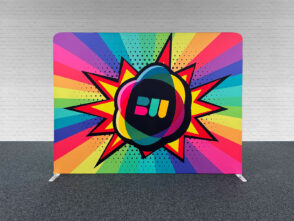




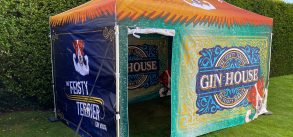

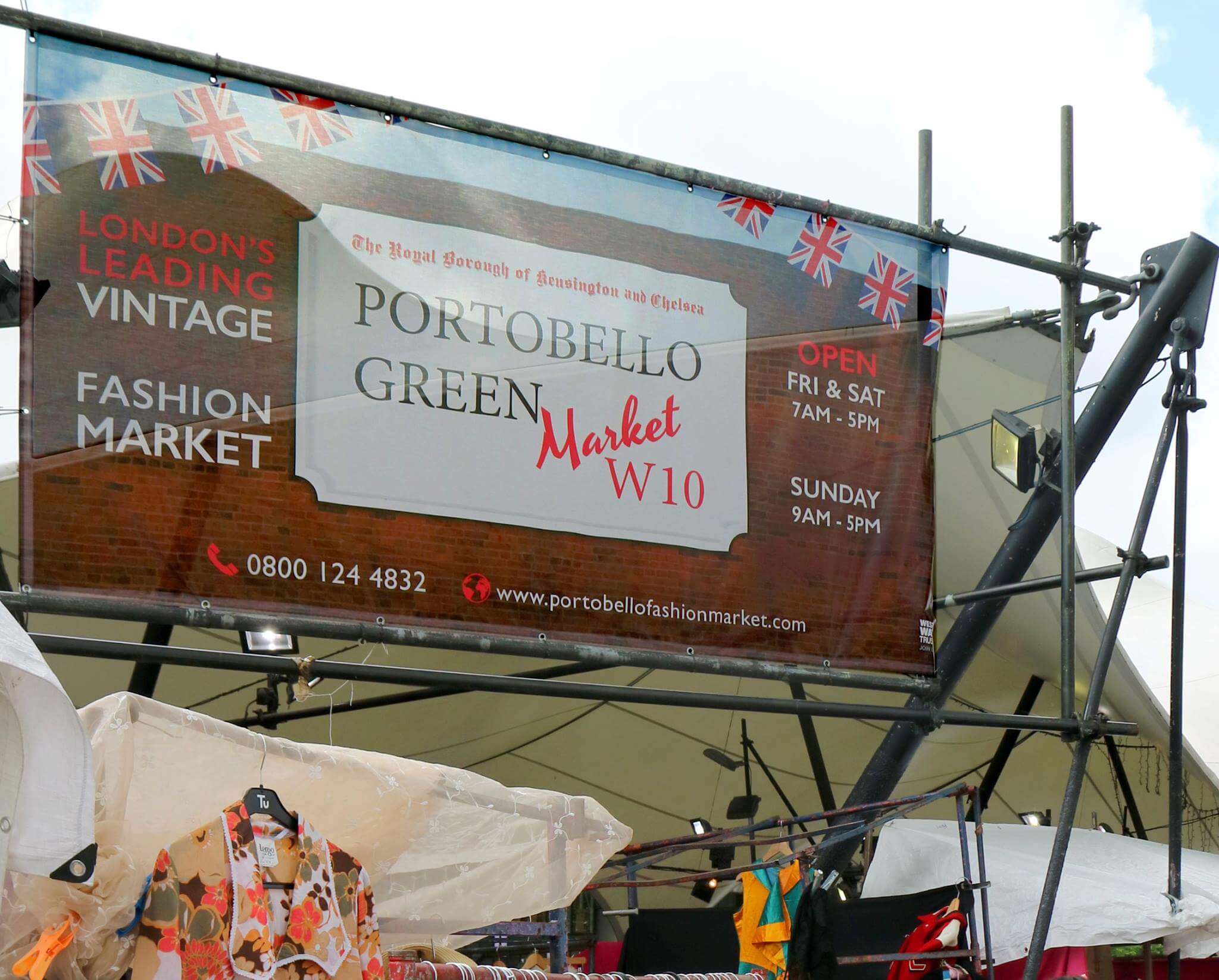

Leave a Reply
You must be logged in to post a comment.